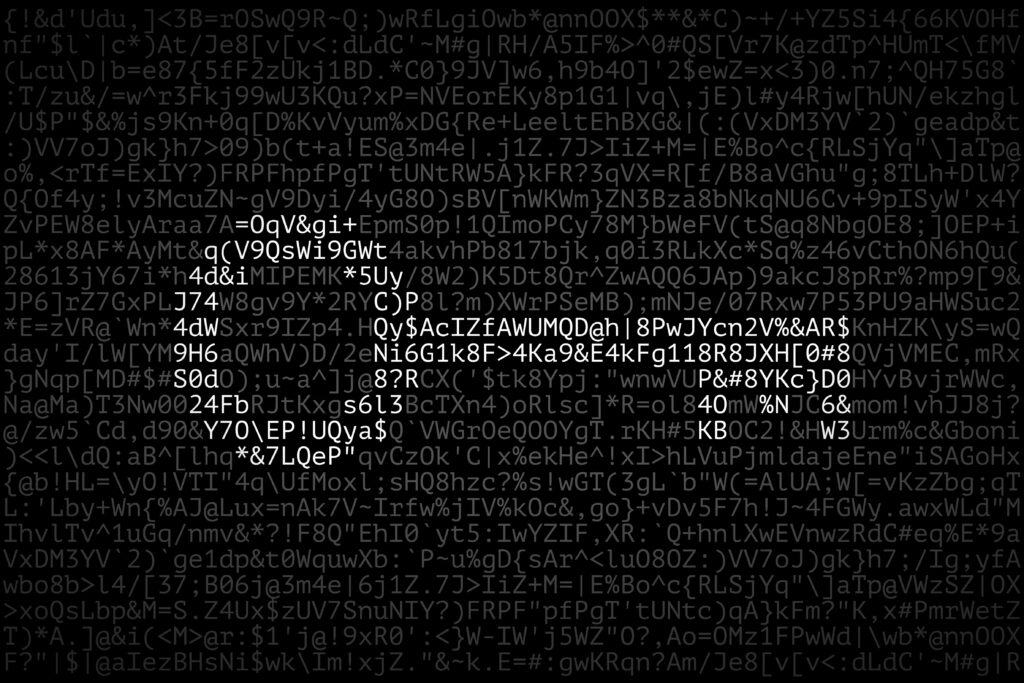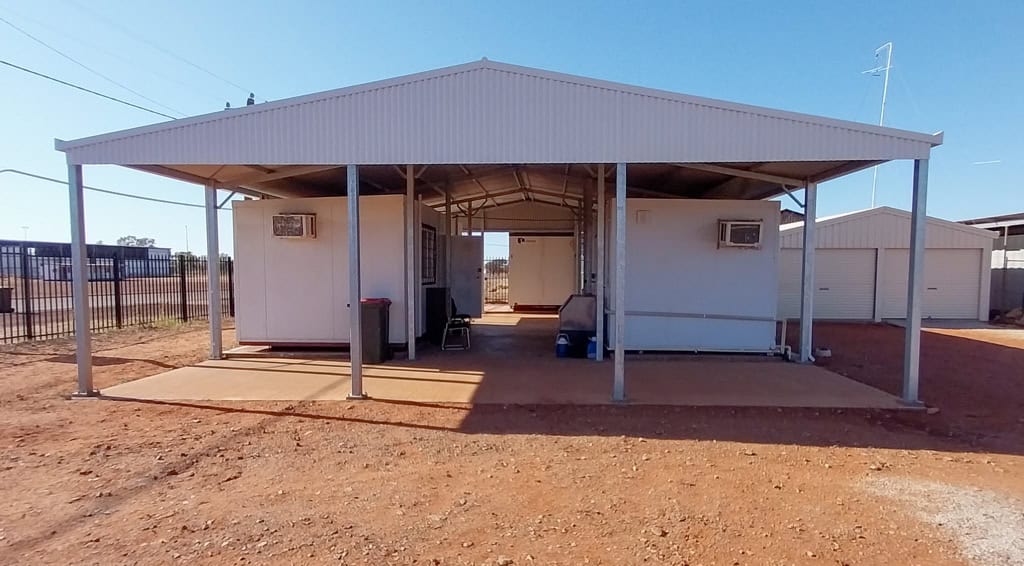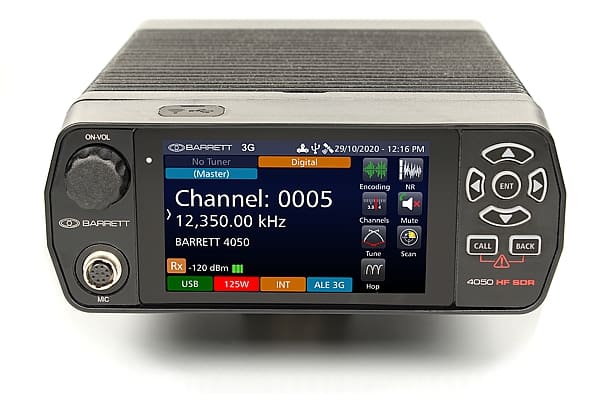Radio astronomy: Exploring space through radio waves
Radio astronomy: Exploring space through radio waves
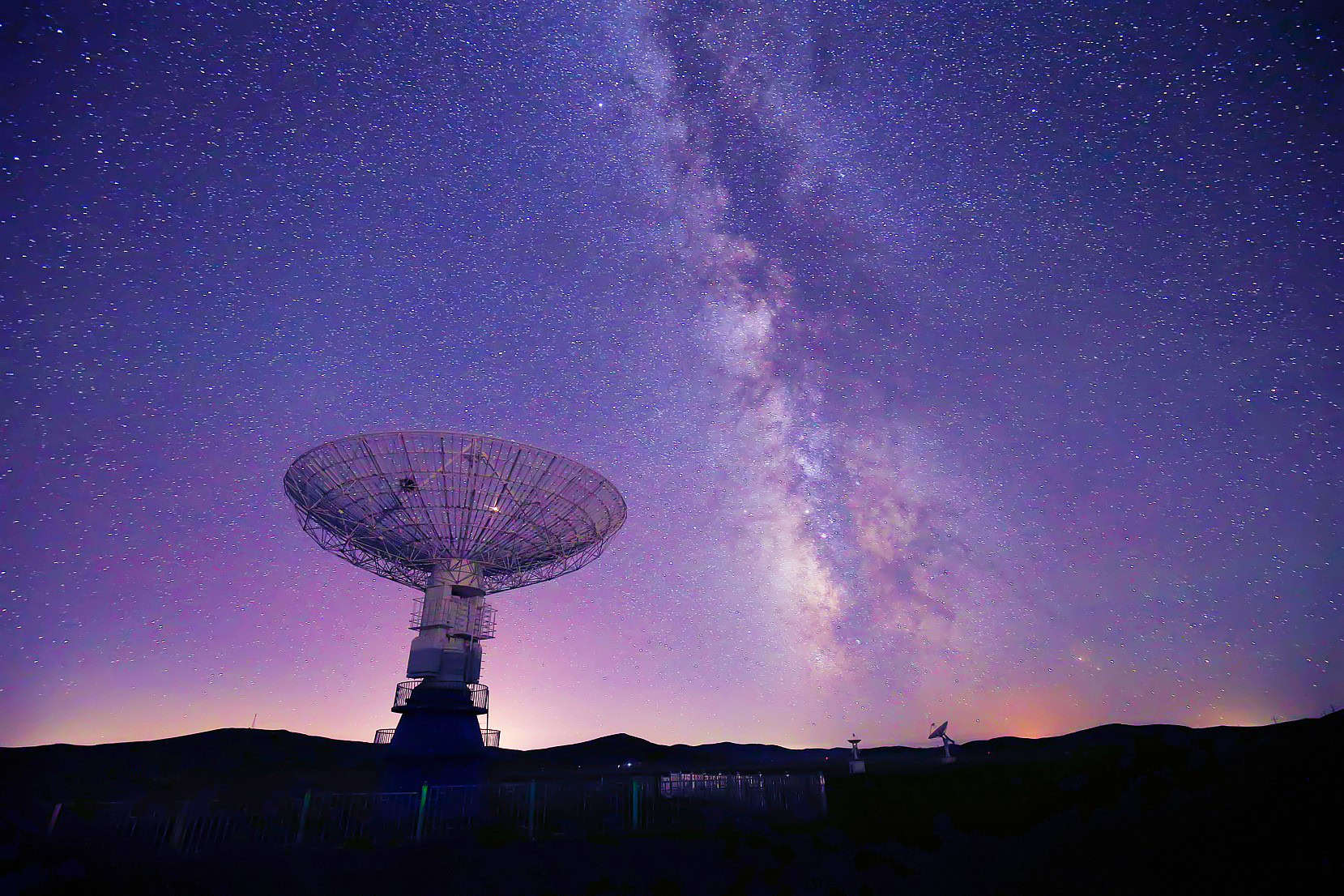
A look at radio astronomy — what is it, what’s its history, and how has it helped us learn about the universe via radio waves?
Radio astronomy is a branch of astronomy that studies celestial objects using radio waves. Unlike traditional optical astronomy, which observes the universe through visible light, radio astronomy explores a different spectrum of electromagnetic radiation. This approach allows scientists to uncover aspects of the universe that cannot be seen by the naked eye, providing a comprehensive understanding of celestial phenomena.
What is radio astronomy?
Radio astronomy focuses on detecting and analysing radio waves emitted by various objects in the universe, such as stars, galaxies and nebulae. Radio waves are a form of electromagnetic radiation with wavelengths longer than those of visible light, placing them at the low-frequency end of the electromagnetic spectrum.
Radio telescopes — the primary tools of radio astronomers — are designed to collect these waves. These telescopes can be massive single dishes or arrays of antennas that work together to detect and amplify faint radio signals from space, converting them into data that scientists can study.
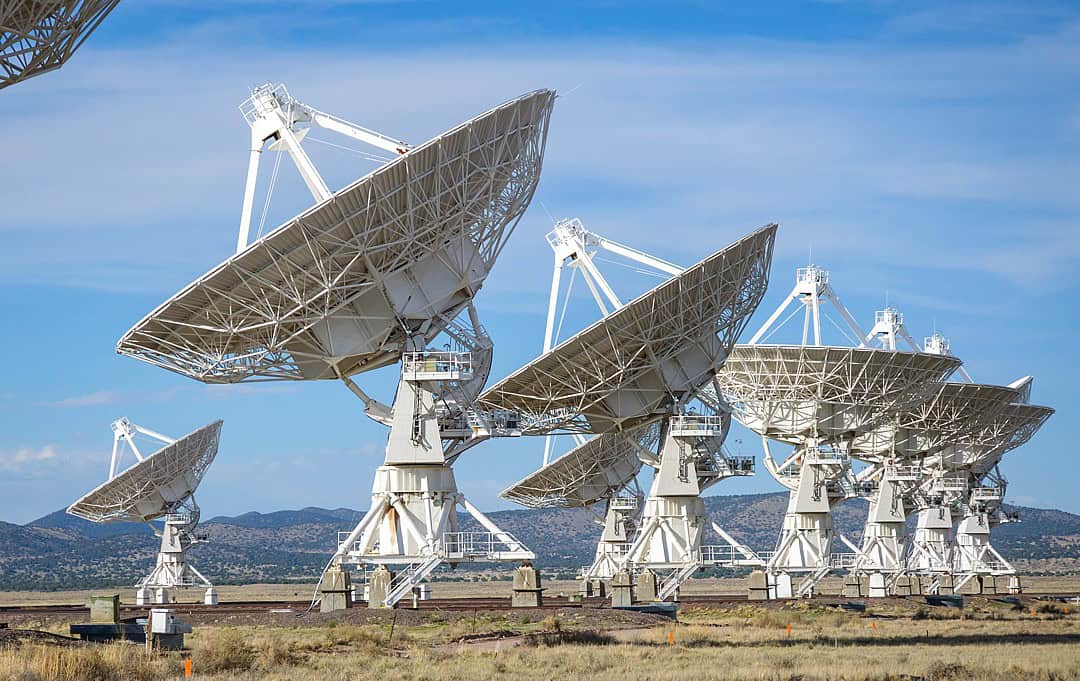
How radio waves are produced
Radio waves originate from two principal processes: thermal and non-thermal emissions. Thermal emissions result from the movement of charged particles due to an object’s heat, emitting electromagnetic radiation, including radio waves. Non-thermal emissions, such as synchrotron radiation, occur when electrons moving at near-light speeds in magnetic fields release radio waves, often associated with energetic astronomical events.
Key sources of radio waves in the cosmos include pulsars — rapidly spinning neutron stars discharging regular radio pulses — and quasars, which are supermassive black holes at galaxy centres emitting strong radio waves as matter accelerates into them.
The anatomy of a radio telescope
Radio telescopes have three essential components: the antenna, receiver/amplifier and recorder. The antenna, typically a large dish, captures radio waves and focuses them onto the receiver, where they are amplified to levels suitable for analysis. The recorder, usually a computer, then stores the data for further examination.
There are two main types of radio telescopes: single-dish telescopes, which are effective for wide sky surveys and observing broad spectral lines, and interferometers, which combine signals from multiple antennas to achieve higher resolution, enabling detailed imaging of celestial objects.
These tools have significantly contributed to our exploration and understanding of the cosmos, offering insights into phenomena beyond the reach of optical telescopes.
The impact of radio astronomy on our understanding of the universe
Radio astronomy has broadened our perspective of the universe by revealing objects and phenomena invisible in optical wavelengths. Radio observations have uncovered quasars, pulsars and radio galaxies — shedding light on the extreme physical processes governing these objects.
Furthermore, radio astronomy has been instrumental in mapping galaxies’ structures and understanding the universe’s large-scale architecture. By observing the 21-cm hydrogen line, astronomers have studied the distribution of matter in galaxies, providing insights into their formation and evolution. This has also contributed to our conception of the early universe, offering clues about the initial conditions that led to the formation of the cosmos.
Radio astronomy has peeled back layers of the cosmic onion, revealing a universe far more complex and dynamic than previously imagined. It has challenged our comprehension of physics, pushing the boundaries of what we know about the cosmos.
Modern advances and applications
Radio astronomy has seen significant technological advancements, notably in the development of phased array feed receivers. These receivers enhance the field of view for radio telescopes, allowing astronomers to survey the sky more efficiently and with greater detail than ever before. This innovation exemplifies how radio astronomy continues to push the boundaries of what we can observe in the universe.
The interdisciplinary impact of radio astronomy extends beyond pure science, influencing various technologies we use daily. A prime example is the development of Wi-Fi technology, which owes its existence to the principles discovered through radio astronomy. This highlights the field’s role in driving innovation and contributing to technological advancements that benefit society at large.
The future of radio astronomy
Innovations like phased array feed receivers are expanding our capabilities to explore the cosmos. Beyond scientific discovery, radio astronomy’s influence extends to everyday technologies, including Wi-Fi.
Looking ahead, radio astronomy promises to unveil deeper mysteries of the universe, from star formation to black holes. This field is not just for astronomers; it’s an open invitation to anyone fascinated by the cosmos.
While Barrett transceivers are not used in radio telescopes, many of the component and principles remain the same (antenna, reciever, etc) just on a smaller scale. Get involved in radio astronomy by visiting observatories, joining clubs, or exploring online. A universe of wonders is waiting to be discovered, and you can be part of this exciting journey.

